Holstein Friesian cow
The Holstein Friesian cow, shortly called Holstein in America, is a breed of dairy cows originating from the North Holland (Holstein Friesians) and North Germany (Schleswig-Holestein), known as the most productive dairy animal of the dairy breeds. The difference in production rate with other dairy breeds such as Brown Swiss, Hornet shorts, Guernsey, Jersey is very noticeable.
Dutch and German farmers have worked together to breed animals that make the best use of the abundant rangelands and grasslands in the area that have resulted in the production of black and white cows over time. They had very high production. This race entered America from 1621 to 1664.
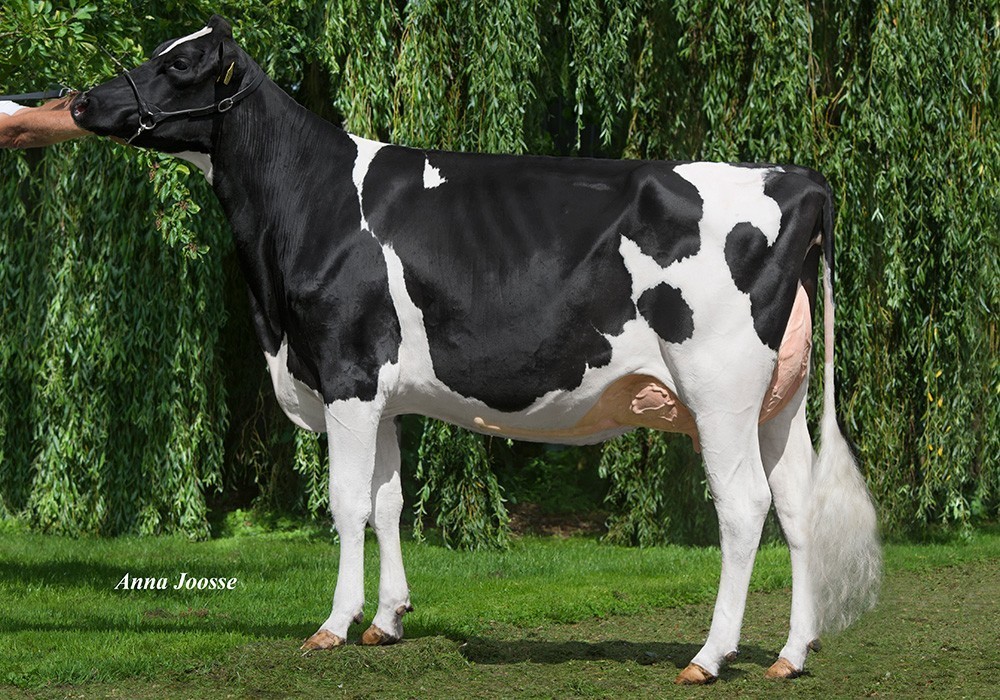
In the north of Europe this breed was used for milk production and in the south for meat production. Since 1945 with the advent of Europe and the increasing need for meat and dairy products, European farmers began to make animals available for milk and meat production. European dual-purpose breeds were very different from American breeds that were raised solely for milk production. For this reason, European farmers began importing the American breed and mixing it with their own breed, hence the dairy breed which is grown in the United States is called Holstein and the dual-purpose European dairy-beef breed is called “Friesin” and a combination of both Holstein-Friesins.
Appearance:
Holstein cows are physically large, well-styled animals with black-white or red-white color patterns and in rare cases have both black and red colors with white. Sometimes combining white and black hair creates the blue shade.
A healthy Holstein calf weighs at least 40 kg (90 pounds) at birth.
The weight of a mature Holstein cow is about 680 kg (1500 lbs) and its height is about 148 cm in the shoulder area.
Reproductive Features:
Holstein heifers can become pregnant at the age of 13 months, when they weigh about 362 kg.
The pregnancy period of Holstein cows is approximately 9 months. The average production life of Holstein cows is 4 years, but some can be more efficient.
In the past 50 years, the number of males that went into the Progeny test using the embryo transfer technique has increased and the reproductive quality of the offspring has increased.
Milk Production:
In 2017, the average actual production of US Holstein herds that were included in the production test program and were also eligible for genetic evaluation included: about 12,000 kg milk, 428 kg butter (362 kg protein), and 362 kg protein per year. Efficient Holstein cows is milked three times a day and produces over 33,000 kg of milk in a year. Because of their high production, high income relative to feed costs, high genetic competitiveness, and adaptability to a wide range of environmental conditions, which means greater profit for the producer Holstein dairy cows are the dominant breeding industry in the United States. So there are unique reasons and features that out of every 10 dairy producers in the US, nine are Holstein producers.
Health:
This genetic defect is an autosomal recessive trait and, when crossing a normal person with a carrier regardless of gender, half of the natural progeny and the other half will carry the defect. If two cows cross over, one-quarter of normal results are expected, one-third carrier, and one-quarter homozygous recessive.
Recessive embryos are prematurely born and predominantly associated with dead embryos at birth, resulting in high costs for multiple inseminations and longer calving intervals than would be expected in herds containing this disease. Phenotypically, there is no difference in birth weight, body size and growth between the vector and normal individuals, and only the PCR test separates the vectors from healthy cows.
When healthy bulls cross the calves during the second lactation or subsequent lactations, the calving interval is 37 days longer than that of the healthy female cows. The production of Holstein cow milk carries this natural defect, but the amount of uric acid in their milk is more than normal.
In the sperm selection catalogs, DP code indicates carriers of this disease (Carrier of DUMPs) and TD code of males without this disease (Test Free as Carrier of DUMPs).
- Average milk production: 12000 kg
- Average milk fat: 3.65%
- Average milk protein: 3.061%
- Maturity age for insemination: 13 months
- Duration of pregnancy: 9 months
آرکاژن تامین کننده بهترین اسپرم از بهترین نژاد دام ها
Gallery pictures Holstein Friesian cow




 beef cattle
beef cattle milky breeds
milky breeds
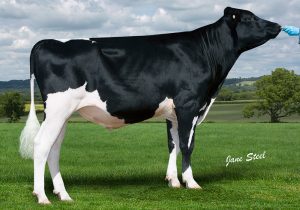
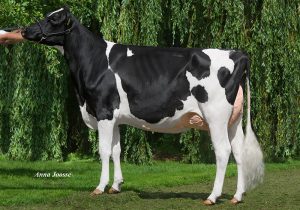
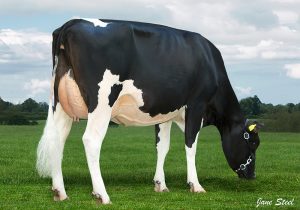
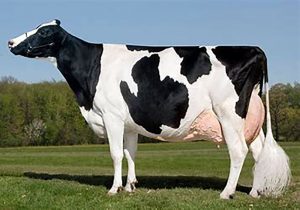
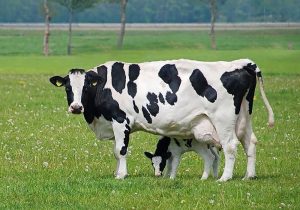
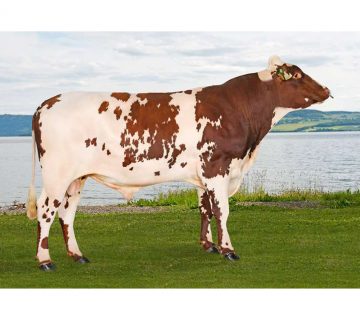
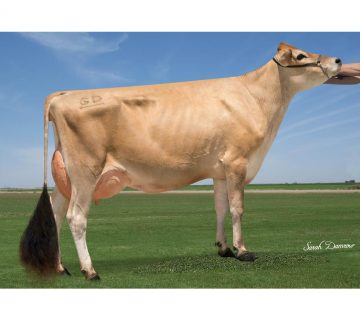
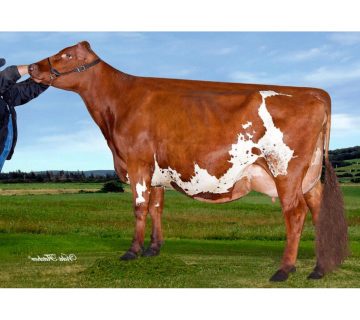
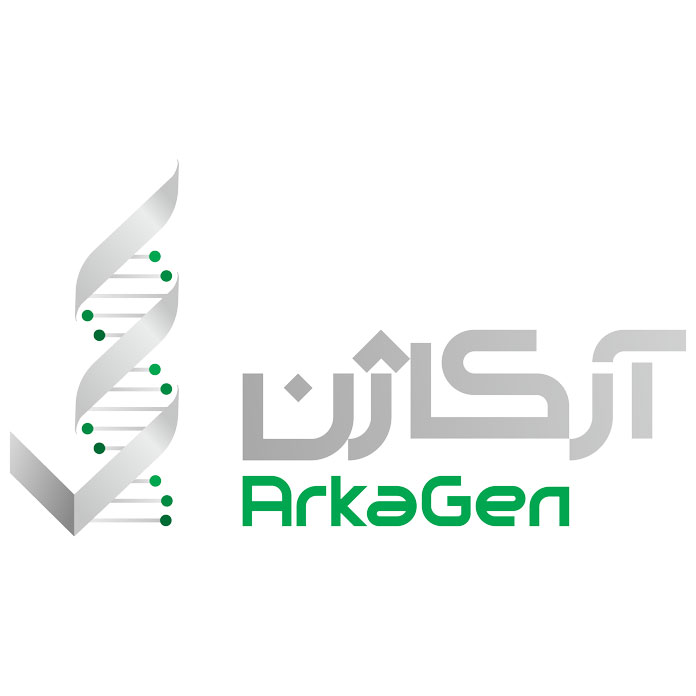
بدون دیدگاه